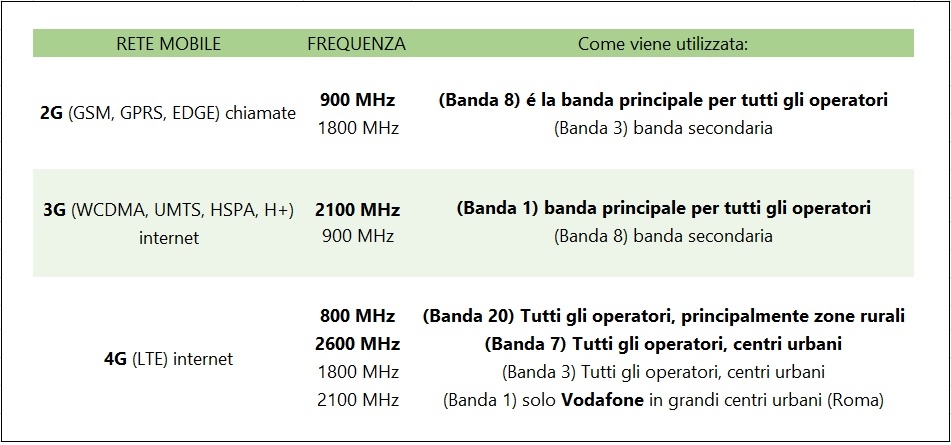
Before GSM repeaters, before cell phones, the Internet and the digital revolution, in other words, when I was growing up, I remember that in every house you could find an FM radio. There, that was for us, digital natives, the first conscious contact with the world of radio waves and frequencies. FM radio, cellular network and GSM repeaters, in fact, are based on this same language.
Just as any beach radio receives a whole range of radio stations, in the same way cell phones and GSM repeaters talk by means of different frequencies (as well as decibels). Let's see in this very short reading what frequency is and what are the typical frequencies of the cellular network.
1. Frequency, MHz and GSM repeaters
Frequency is a quantity that, as we can guess from the word itself, which we also use to say that we do something "regularly," has to do with repetitive phenomena and in particular observes the amount of recurrences of an event in a given time frame.
The unit of measurement is the Hertz (Hz), which measures the number of periodic events per second. In the simplest example, think of a clock: the second hand certainly has a frequency of 1 Hz.
But what do I care - you will say - I am here because I am interested in GSM repeaters. Okay guys, so let's get right to it in the next paragraph!
2. What are the frequencies of the cellular network?
Frequency is the most widely used quantity in the world of cellular telephony and cellular network, and it is not surprising since we are talking about radio waves. In particular, we use megahertz (MHz) as a unit of measurement in this world. Don't panic, it is simply equivalent to one million Hertz and is more suitable for measuring the family of frequencies used in mobile telephony. The most commonly used frequencies for the cellular network, and consequently in the world of GSM repeaters, are five:
- 900 MHz,the classic frequency for calls (2G network)
- 1800 MHz, used as an alternative to the former in large urban centers
- 2100 MHz, the classic frequency of Internet 3G
- 800 MHz and 2600 MHz are the two main frequencies on which the 4G network travels.
Note: The 1800 and 2100 MHz frequencies are also used by operators for the 4G network, especially in large cities.


